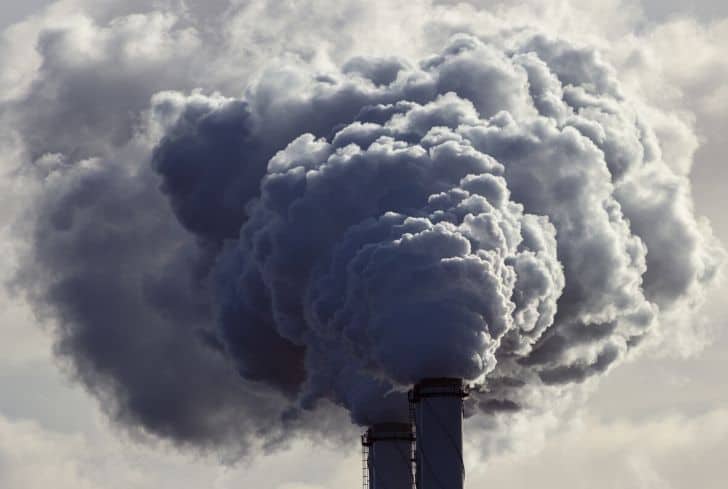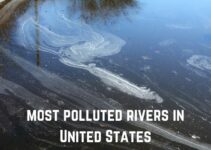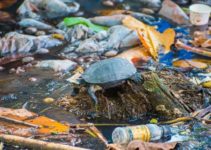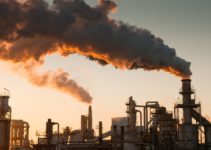Environmental pollution has existed for centuries but only became significant with the industrial revolution in the 19th century. Pollution occurs when the natural environment cannot neutralize an element without creating harm or damage to itself.
The elements involved are not produced by nature, and the destroying process can vary from a few days to thousands of years, depending on the nature of the pollutant.
In other words, pollution takes place when nature does not know how to decompose an element that has been brought to it in an unnatural way.
Pollution demands grave consideration due to its adverse impact on essential natural components crucial for life’s existence on Earth, including vital resources like water and air. The absence or imbalance of these components would jeopardize the survival of both animals, including humans, and plants.
And speaking of pollution, there are several types: air pollution, water pollution, and soil pollution.
Environmental pollution is an incurable disease. It can only be prevented.
~ Barry Commoner
More from the environment:
- Causes and Effects of Environmental Degradation
- What is Environmental Education?
- Top 25 Environmental Concerns?
- Features and Stages of Environmental Management Systems (EMS)
- What is Environmental Law and it’s Components?
- 15 Easy Ways to Become Environmentally Friendly
- What is Environmental Health and Issues Related to it?
- What is Environmental Sustainability and Sustainable Development?
- 15 Environmental Problems That Our World is Facing Today
Causes of Environmental Pollution
Let us first take a look at the causes of environmental pollution:
1. Industries
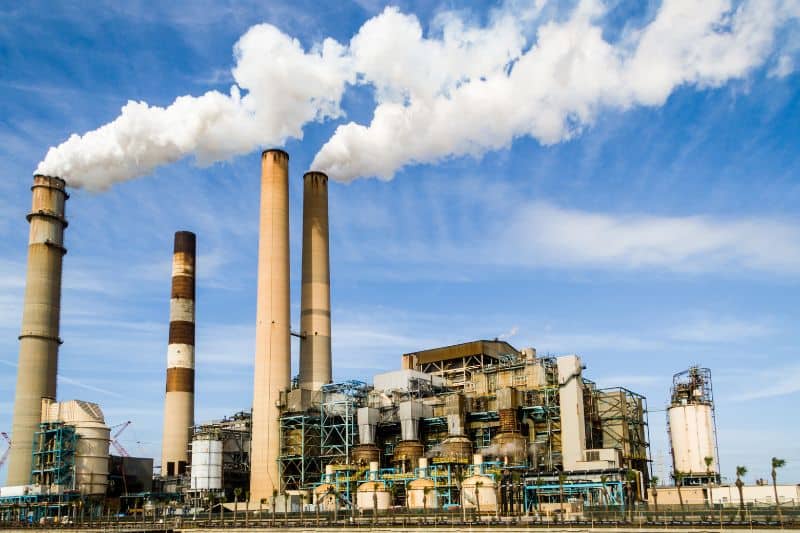
Industries have been polluting our environment, especially since the beginning of the industrial revolution, as mentioned above, notably due to the increased use of fossil fuels. In the 19th century and a significant part of the 20th century, coal was used to make machines work faster as a way to replace human force.
And, of course, the pollution emanating from these industries doesn’t just target air. Soil and water are also affected, and that’s especially true with power-generating industries, such as plants producing electricity.
Industries have also necessitated the movement of toxic elements across the environment, again increasing the chances of environmental damage from happening.
Let’s take petroleum transportation through pipelines, for instance. As this fuel passes through pipelines to meet industrial demand, leaks become likely and can be a bit difficult to notice, especially if minor, posing a great threat to the soil in the affected area.
So is the case when hauling the fuel on road. When in transit, fuel leakages are still likely, again affecting the nearby soil and water sources.
2. Transportation
Ever since men abandoned animal power to travel, pollution of the environment has only worsened. Fossil fuels are again to blame here, with most of the means of transport running on these fuels.
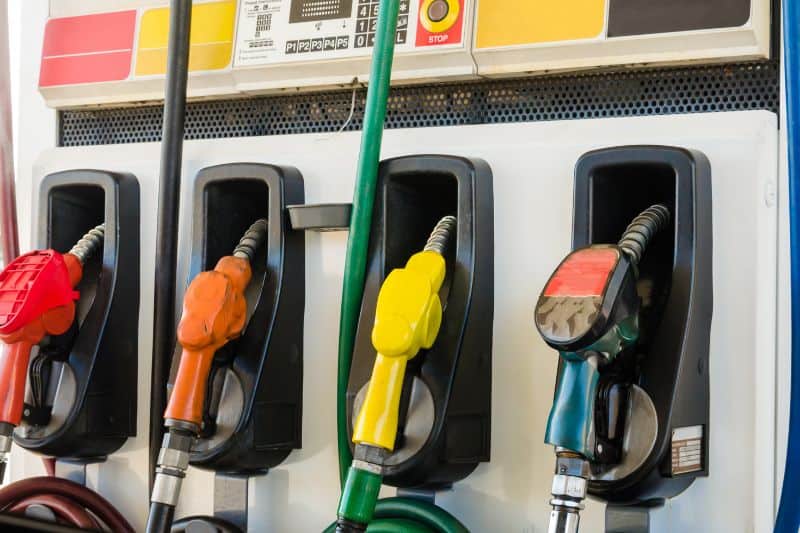
Indeed, humans have come a long way from horse carriages to cars, trains (which, before electricity, used to be propelled by coal), and airplanes. As traffic is increasing every day, pollution follows that evolution.
3. Agricultural Activities
Agriculture is mainly responsible for the contamination of water and soil. As modern agriculture gravitates towards the use of pesticides and other chemicals to keep pests and diseases off and improve yield, the more the surrounding soil and water suffer from the toxic elements in these chemicals.
Furthermore, as agriculture gets increasingly intensive to feed the increasing world population, more environments and ecosystems are destroyed to find more arable land. Some of the crops, like rapeseed – used to make oil – demand a lot of space for a relatively small output.
4. Trading Activities
Trading activities include the production and exchange of goods and services. Obviously, there’s a lot of packaging involved in the exchange leading to increasing number of plastic waste in our environment.
5. Residences
Finally, residential areas provide their fair share of pollution as well. For instance, to get space for building more homes, the natural environment has to be destroyed in one way or another. At times plants have to be destroyed and wildlife driven away and replaced by human constructions.
That’s not all — once the land has been cleared, the movement of the construction materials and the construction process itself can be a great source of pollution.
Effects of Environmental Pollution
Now that we have identified the main causes of environmental pollution, let us study the negative effects it has:
1. Effects on Humans
The effects of environmental pollution on humans are mainly physical but can also turn into neuro-affections in the long term. The best-known troubles to us are respiratory, in the form of allergies, asthma, irritation of the eyes and nasal passages, or other respiratory infections.
But that’s not all — environmental pollution can also be a major factor in the development of cancer, especially when we eat some traces of pollutants used in producing processed foods or pesticides from crops.
Hepatitis, typhoid, diarrhea, and hormonal disruptions, are just a few of the many other conditions that can emanate from having pollutants within our space.
2. Effects on Animals
Environmental pollution mainly affects animals by causing harm to their living environment, making it toxic for them to live in. Acid rains can change the composition of rivers and seas, making them toxic for fish.
In addition, nitrogen and phosphates from fertilizers and pesticides can cause the overgrowth of toxic algae once they leach into the water bodies, preventing other forms of life from following their normal course.
3. Effects on Plants
As for animals, plants, and especially trees, can be destroyed by acid rains (and this will also harm animals as well, as their natural environment will be modified), ozone in the lower atmosphere blocks the plant respiration, and harmful pollutants can be absorbed from the water or soil.
4. Effects on the Ecosystem
In short, environmental pollution, almost exclusively created by human activities, harms the ecosystem, destroying crucial layers of it and causing an even more negative effect on the upper layers.
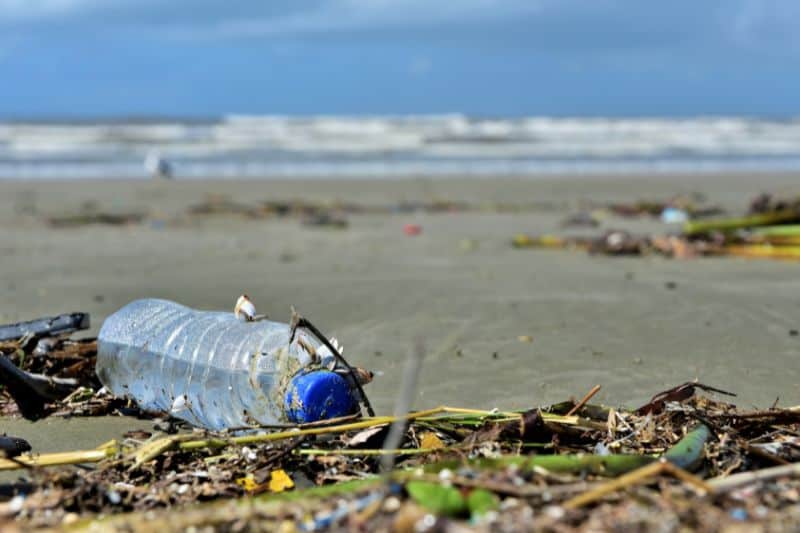
20+ Wonderful Solutions to Environmental Pollution
1. Environmental planning should be considered as a base stone for developmental planning. Hence, before starting any project, a study to evaluate the environmental impacts should be conducted.
2. Shifting to eco-friendly transportation, such as electric and hydrogen vehicles, and promoting shared mobility (i.e., carpooling and public transport) could reduce air pollution significantly.
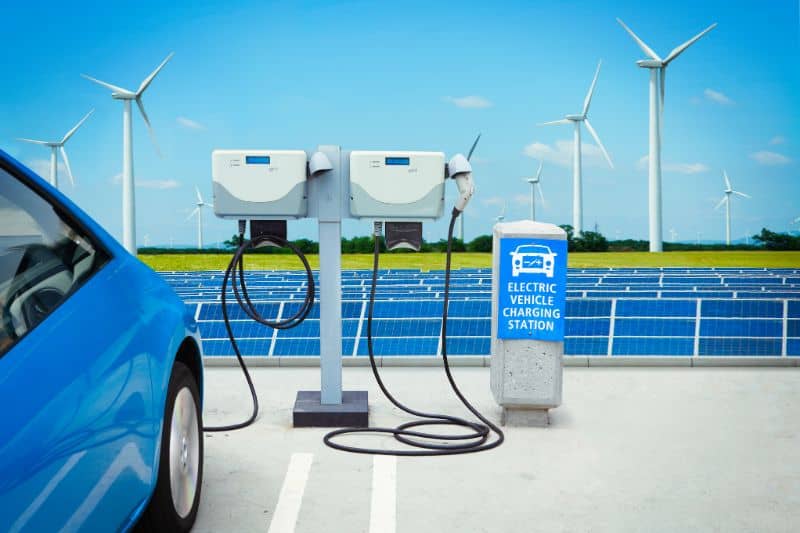
The world is working on reducing the emission of hazardous gases from vehicles in various ways like car emission control, providing subsidies on electric and hybrid vehicles, and the enhancement of public transportation networks. As we look ahead, the potential for substantial emission reduction remains promising.
3. Basic solutions for air pollution must involve moving away from fossil fuels, replacing them with sustainable renewables like solar, geothermal, and wind, and producing clean energy. The world is phasing out coal.
4. In the midst of heightened solar radiation, harnessing solar power emerges as a remarkable remedy. By employing solar panel systems, we can tap into the sun’s energy, supplying power from individual home systems to expansive setups capable of energizing entire communities and cities.
Wind power stands as another pivotal contender. Both solar power and wind turbine energy wield formidable influence in countering the prevalence of radioactive and fossil fuel-generated power sources.
5. Industry plays a vital role in the progress of societies. At the same time, it exhausts the natural raw resources and produces pollution. This has created an environmental imbalance.
To assess the potential environmental impact of an industrial plant, Environmental Impact Assessment (EIA) needs to be carried out, and the industrial plants that do not have EIA should be warned.
6. Green building can help solve environmental problems to an extent. From planning to demolition, the objective of green building is to create environmentally responsible and resource-efficient structures to reduce their carbon footprint.
7. Storage facilities for solid wastes should be built in the city. The necessary actions need to be taken to integrate the solid waste storage facility that is very close to the city.
8. The wastewater recycling project should be exercised, and a recycling center should be built to reduce water pollution.
9. Environmentally friendly products should be made cheaper to encourage people to use them, and people should know the long-term advantage of using these products nationwide.
10. Protecting soil, air, and water quality should be a fundamental goal of national environmental policy. The national land use and conservation policies need to be developed to reduce the misuse of productive agricultural land and uncontrolled and disorganized urbanization.
11. For the prevention of visual pollution, enough green areas and parks should be built, the municipality should collect the wastes in an organized way, and the use of commercial boards and other billboards should be regulated and controlled.
12. To prevent noise pollution, the open markets, bazaars, recreation and amusement facilities, schools, and parks inside the city should be surrounded by trees and other plants. The industrial areas and plants should also be surrounded by green areas.

13. We also need to work on electromagnetic radiation (ER) reduction. Realizing the blatant potential for huge ER emissions directly in users’ brains and eyes, major computer and electronic device manufacturers have started implementing hardware protocols to reduce risks and minimize ER production significantly. While producing the newer devices, they aim to knock this problem out; fortunately, this is working.
14. Nowadays, radiation is a serious issue, and the ecological cost of radioactive power plants has become more evident than before. Nuclear testing and radioactive leakage from power plants have contaminated oceanic life so much that it will take hundreds of years to return to normal. But more radiation solutions are in progress with the advancement of various ecologically friendly power technologies daily.
15. While sanctioning urban land use, the landscape architects should be engaged by the municipality. The planning authorities should include ecological factors in planning to provide a healthy and clean environment.
16. The number and quality of green areas and parks should be increased for fresh and healthy air.
17. The mass media, including print and electronic media and the internet, is the main source of information about environmental issues. These should, therefore, be used more intensively to facilitate the transmission of environmental information and promote more positive environmental attitudes.
18. As the environment has been advancing rapidly, environmental education has a very strategic and important role in preparing people to solve global environmental problems.
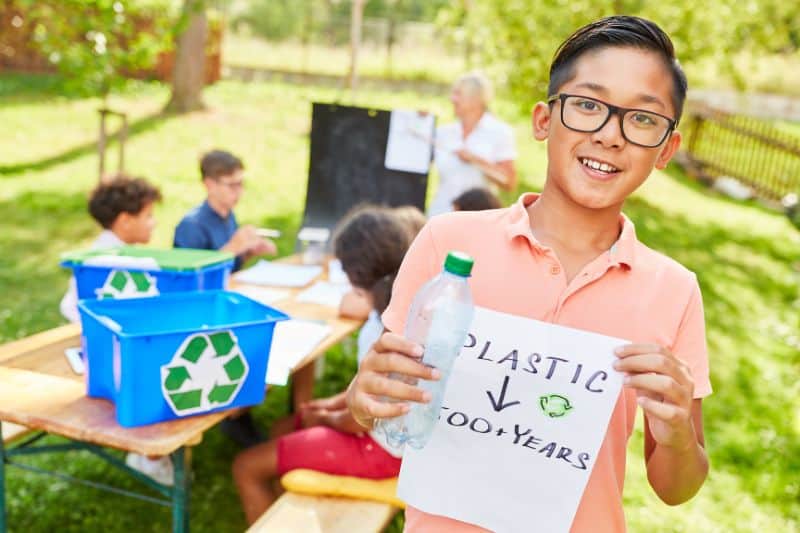
For a comprehensive approach, the inclusion of environmental issues in national education curricula is imperative. This ensures the cultivation of an educated populace deeply invested in environmental concerns. Integrating environmental education in present classes and programs is necessary, helpful, and mandatory.
19. The top-level politicians, executives, administrators, and all the other entrepreneurs should also be educated about the environment. One of the basic properties of environmental education is the need for a close relationship between inter-discipline and inter-professions.
20. Local administrations should be concerned about educating the local people by providing the means (e.g., books, brochures, seminars.) to make them understand the importance of environmental problems.
21. Finally, to produce effective solutions for environmental problems, a national approach to the problems is crucial.
More from the environment:
